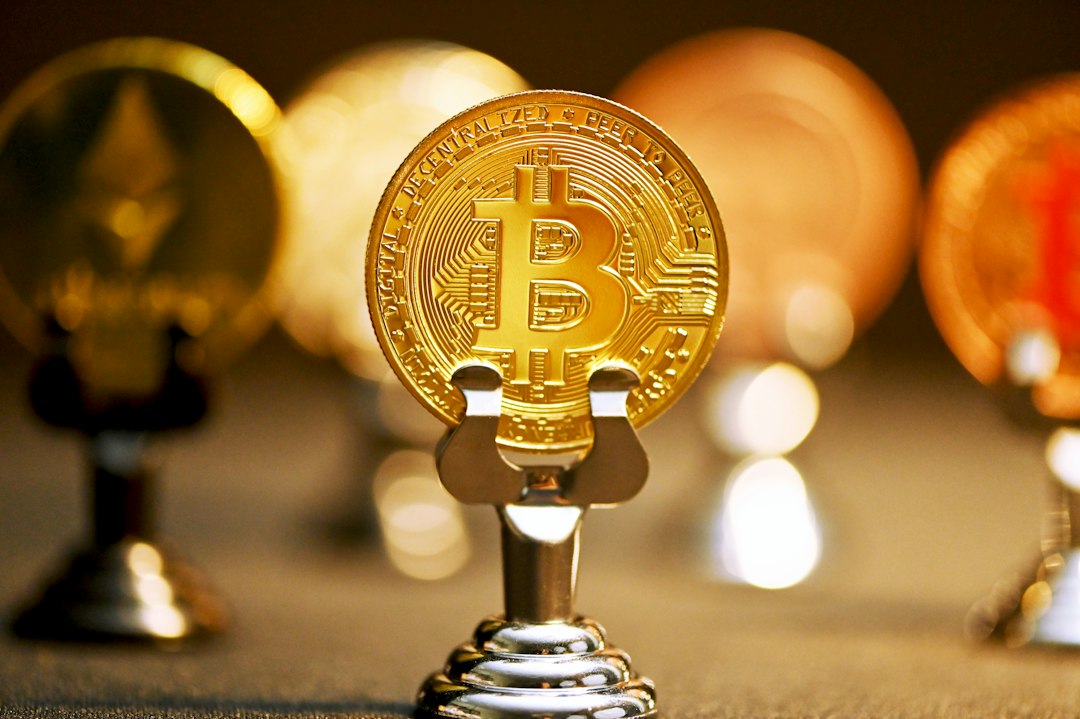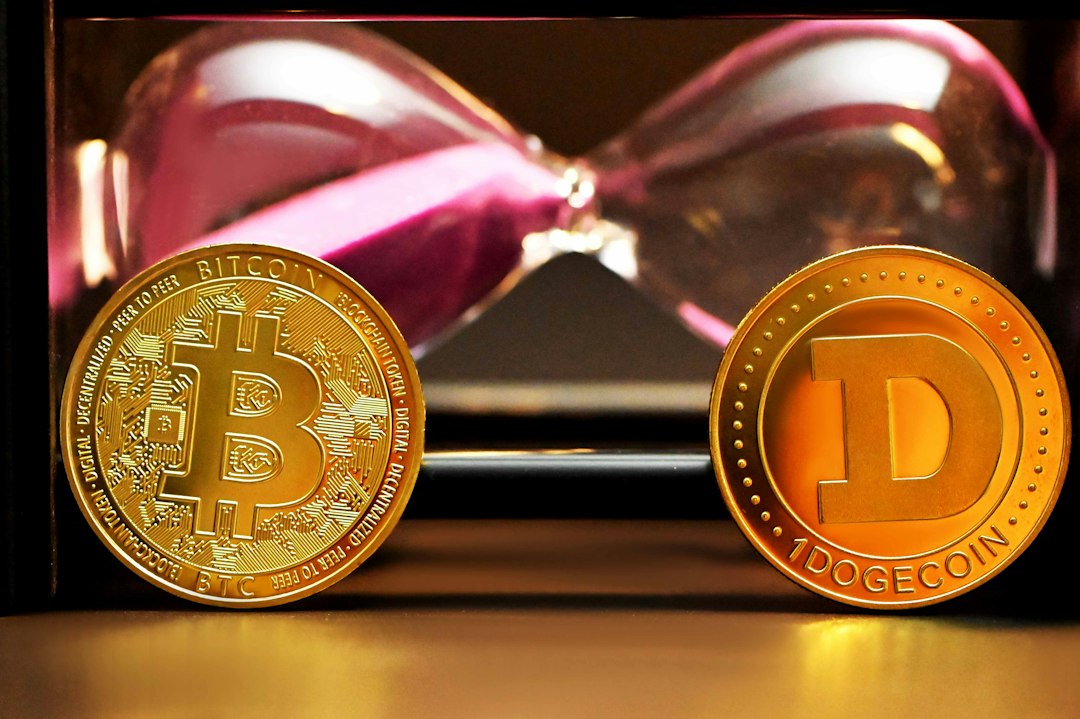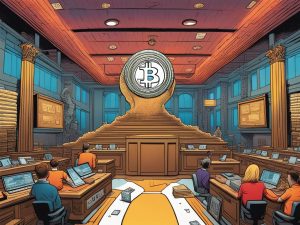Grayscale Investment’s GBTC Struggling
After the SEC approved eleven spot Bitcoin ETFs, Grayscale has been underperforming compared to competitors like BlackRock and Fidelity Investments. The organization has seen significant outflows, with a recent outflow of $579.6 million and total outflows of nearly $2.2 billion. Additionally, Grayscale has made numerous transfers of Bitcoin to crypto exchanges, which may have triggered broader selloffs in the market.
Nic Carter has criticized GBTC as a “cursed financial instrument,” suggesting that the world would be better off without it. This criticism comes at a time when Grayscale was previously praised for its role in welcoming spot Bitcoin ETFs.
Falling Bitcoin Price and Growing Skepticism
The events surrounding Grayscale have contributed to the recent downtrend in Bitcoin price, according to some market observers. Anthony Scaramucci attributes the dip in price to substantial sales of GBTC shares.
Bitcoin, which reached $46,000 earlier this month, is now trading at $39,829.11 with a 4.62% dip in the last 24 hours. Jim Cramer is pessimistic about Bitcoin’s chances of recovery and highlights the discrepancy between BTC’s price rise and the launch of spot Bitcoin ETFs.
Overall, Bitcoin’s underperformance is being blamed on Grayscale by many industry proponents.
Hot Take: Grayscale’s Impact on the Market
Grayscale’s GBTC product has been heavily criticized for its role in dragging down the market and contributing to the falling price of Bitcoin. The organization has experienced significant outflows and made large transfers of Bitcoin to exchanges. These actions have triggered reactions from the broader crypto sector and led to selloffs.
As a result, many industry experts and market observers are pointing fingers at Grayscale as the culprit behind Bitcoin’s underperformance. The criticisms come at a time when Grayscale was previously praised for its role in welcoming spot Bitcoin ETFs. However, it seems that GBTC is now seen as a problematic financial instrument and a source of growing skepticism in the market.





 By
By
 By
By
 By
By
 By
By
 By
By
 By
By